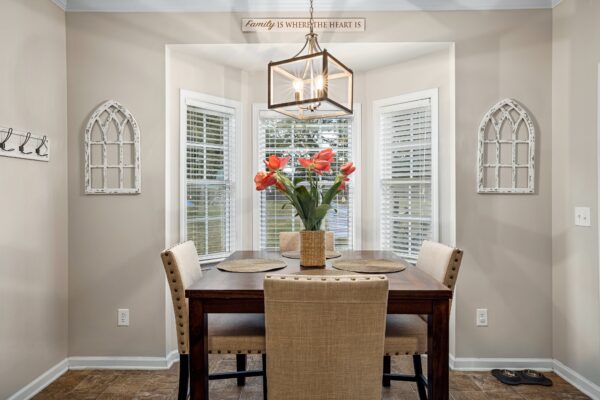When buying an investment property location of the property is one of the crucial factors to consider. It’s not always wise to buy an investment property next to your back yard or in the same suburb or state where you live in. Best to keep your emotions aside and compare the numbers.
First decide on the state where you want to buy. When selecting the state consider your Budget, stamp duty charges, land tax payable, vacancy rate, rental yield, cash flow situation, property management charges, insurance, market trends, long and short term capital growth, local landlord-tenant laws, zoning regulations, building codes, and other legal requirements of the state. These factors are different in each state and can make a significant difference to your investment goals.
When selecting a suburb always select a suburb with minimal investment risk. Avoid areas prone to floods, bushfire and heritage overlays. Look for economically diversified areas with high socio economic standards, strong rental demand, good schools, low crime rates, and proximity to amenities like public transportation, shopping centres, and employment opportunities.
Be mindful even the greatest suburb could have disadvantages pockets within them. Always compare suburbs and LGAs with similar affordability. Aim for suburbs with less than 1% building approval ratios to avoid danger of oversupply.
Study short term and long term growth rates, vacancy rates, rental yields, infrastructure and economic growths. Use a reliable cash flow calculator to compare potential cash flow of selected properties. Select a property with good land to value ratio with high capital growth potential.
Information provided here are general in nature and seek professional advice where applicable.
